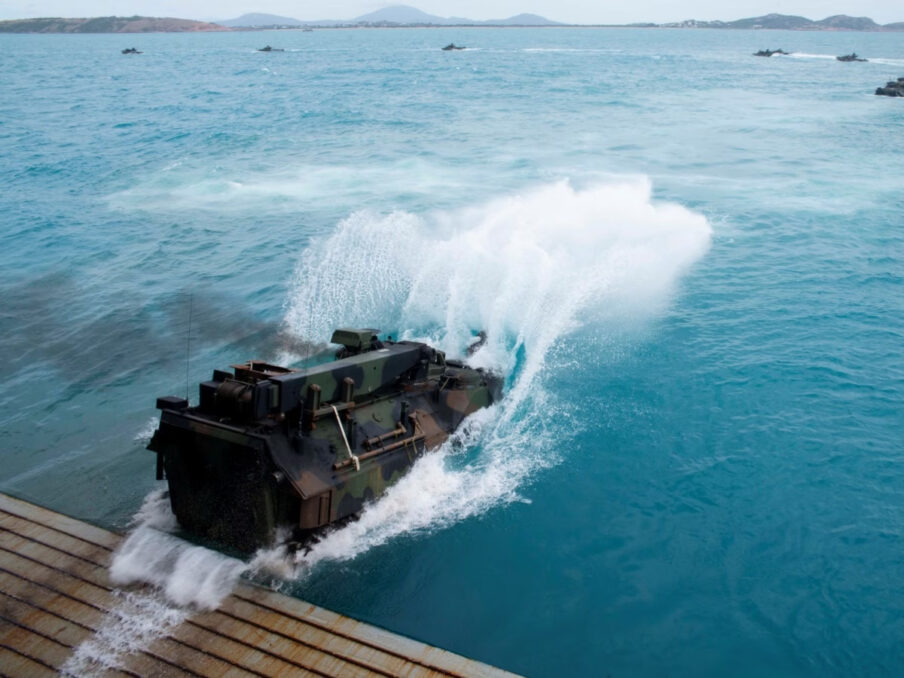A defense helicopter participating in the training fell into the Pacific Ocean, leaving four members of the aircrew unaccounted for. Australia and the United States had to halt their joint military exercise on Saturday, July 29.
The MRH-90 Taipan went down late on Friday night in subtropical seas close to Hamilton Island, Queensland, according to Australia’s Minister of Defense Richard Marles.

Background of the Helicopter
The helicopter was a part of the massive Talisman Sabre exercise, which includes 30,000 military troops from the US, Australia, and other countries.
It had been taking part in the massive Talisman Sabre exercise, which included 30,000 military members from Australia, the US, and other countries.
Post the fall
After a nearly overnight search, which is scheduled to continue on Saturday, Marles stated, “As we communicate to you now, the four aircrew are still missing.”
According to AFP, the helicopter’s four crew members are all Australian.
The four aircrew members’ families have been informed of the event, and Marles continued, “Our prayers and thoughts are truly with the crew and their families.”

The Search is still ongoing
The help given to the search and rescue operation thus far by civil institutions, the police, the general people, and “our US allies” was acknowledged by him as being greatly appreciated.
The greatest bilateral military training exercise involving Australia and the United States, Exercise Talisman Sabre, saw the loss of the MRH-90 Taipan during rehearsals.
The Talisman Sabre exercise, that additionally involves troops from South Korea, Japan, France, and Germany, has been put on hold, according to defense sources.
Exercise Talisman Sabre exercise director Brigadier Damian Hill stated, “I’ve ordered a pause X across Australia for all Talisman Sabre participants to give them the opportunity, regardless of the country they live in, to reach out and inform their families of what is happening.”
More about the Talisman Sabre
The exercise, which was testing large-scale arrangements, ground fighting, amphibious landings, and air operations, was in its second week.
By August 4th, it was supposed to be finished.
Australia is now undertaking a significant revamp of its armed forces and shifting its emphasis toward long-range attack weapons in an attempt to keep potential adversaries like China at bay.
Canberra had already made the announcement to replace its fleet of ageing Taipan helicopters with US-manufactured Black Hawks before the incident.
Australian authorities have expressed dissatisfaction about having to often ground the Taipans produced in Europe, citing challenges with maintenance and obtaining replacement components.
“We just don’t have the necessary number of flight hours out towards Taipan. We have faith that the Black Hawks will provide that, Marles remarked in January of this year.
During a midnight training exercise in the month of March an MRH-90 Taipan south of Sydney had engine failure, requiring the crew to make an emergency landing in the water.
The whole Taipan fleet was stranded for a month, yet they managed to survive with just minor injuries.













